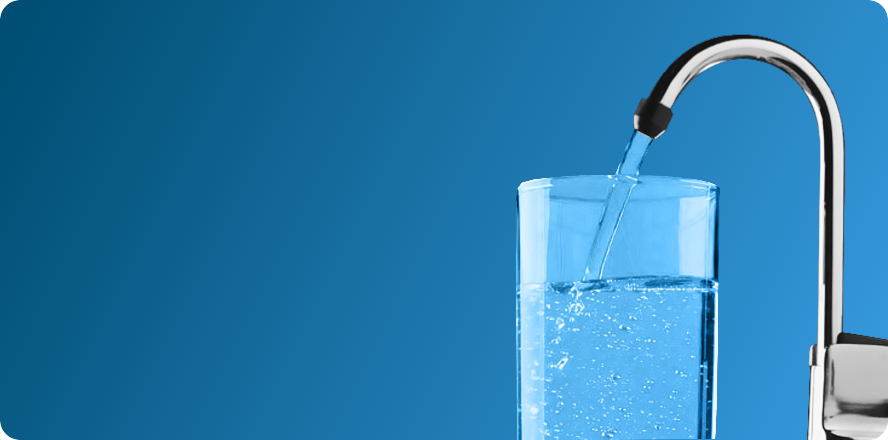FAQS
Common Questions


Differences between Home Master RO Systems?


What makes Home Master better than other Reverse Osmosis systems?


I’m New to This,
Where Do I Begin?


What I do need to know about well water filtration?


Which Filter Change
Set Do I Need?
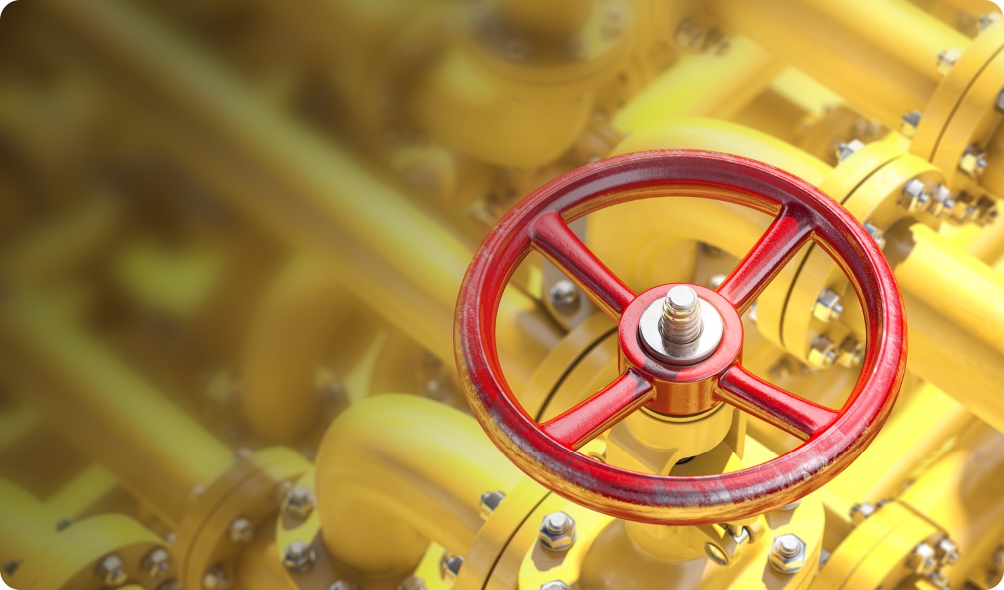

Whole House Reverse Osmosis what do I need to know?
Applications and operation


Can I mount the Home Master RO in the basement?


Can I connect the RO system to my kitchen faucet?




Do RO systems produce wastewater, how much, and when?


Compare 'Zero Waste' vs. the Permeate Pump
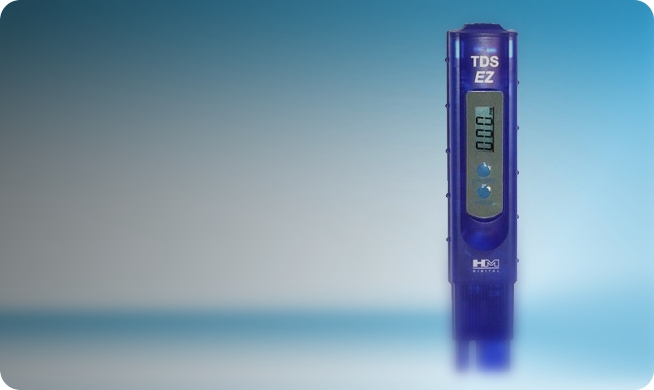

How Do I Test the TDS and pH of an Artesian System?
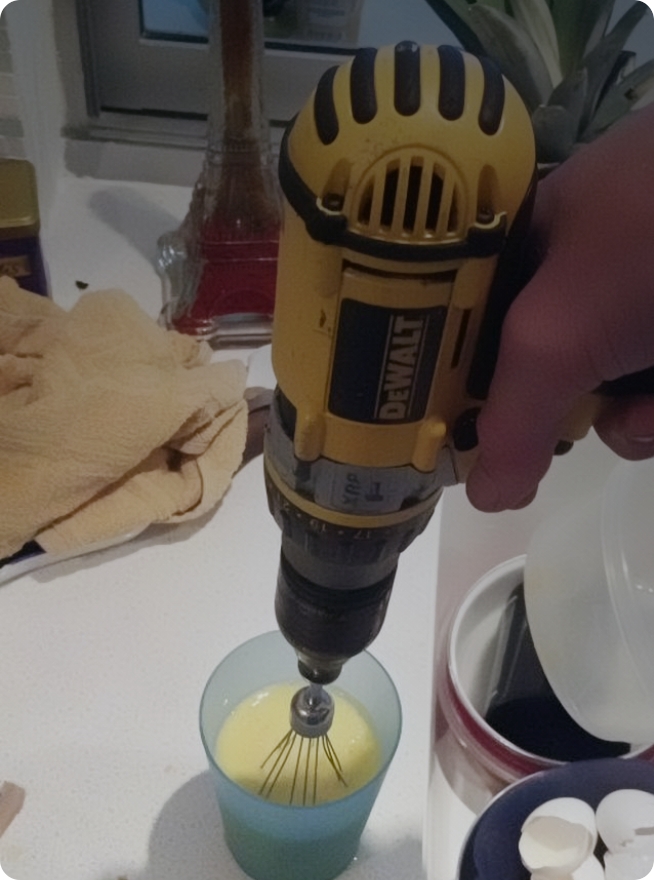

Do I have to drill a hole for the RO Faucet?


How do I stop water from ejecting out of my air gap faucet?


Can I install a Home Master RO in an Apartment?
Health and Hydration
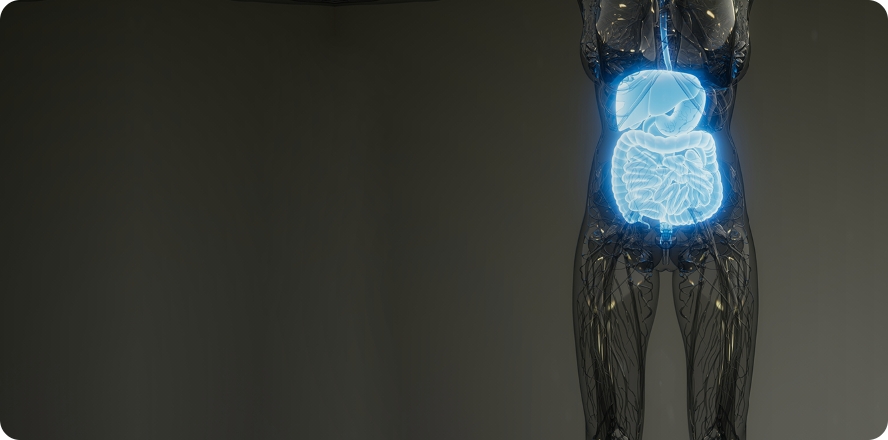
The Role of Water in Relieving Constipation

Role of Hydration in Relieving Migraine Headaches
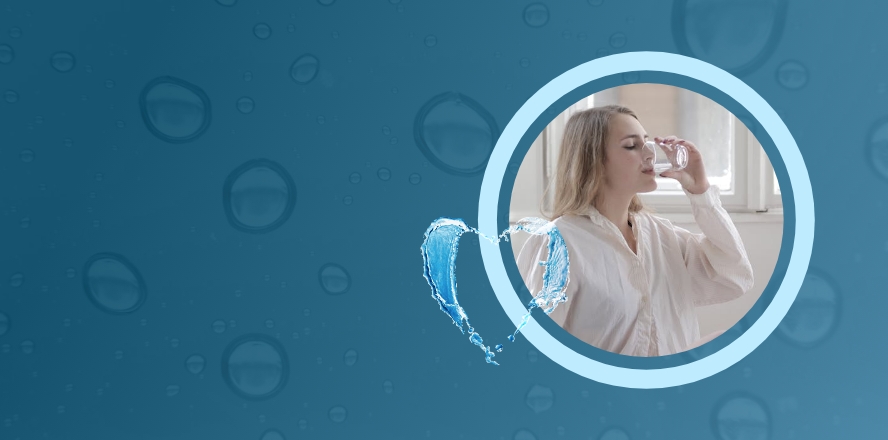
Hydration and Heart Health: How Water Supports Cardiovascular Wellness

Hydration and Skin Health: How Water Impacts Your Complexion

Hydration and Diabetes: Managing Blood Sugar Levels through Proper Water Intake

Effective Recommendations to Prevent Hair Loss Due to Hard Water

Improving Health and Wellness Through Proper Hydration

Hydration and Cracked Heels: How Pure Water Supports Foot Health

Hydration and Weight Management: How RO Water Affects Your Metabolism

Hydration and Sleep Quality: The Benefits of Drinking Pure Water for Restful Nights

Hydration and Cognitive Function: How Drinking Water Supports Brain Health

How Does Pure Drinking Water Help Regulate Body Temperature?

Hydration and Kidney Function: The Importance of Drinking Enough Water

Hydration and Energy Levels: How Water Helps You Stay Energized Throughout the Day

How Does Hydration Impact Mental Well-being and Stress Management

Hydration and Bone Health: How Proper Water Intake Supports Stronger Bones

Boost Your Immunity Naturally: How Pure Water Supports Your Immune System

Hydration and Muscle Recovery: Why Water Is Key for Joint and Muscle Health

Hydration and Joint Health: Why Drinking Water Is Key to Staying Active

Hydration and Oral Health: How Proper Water Consumption Supports Strong Teeth and Gums

Dark Circles and Dehydration: Can Drinking More Water Improve Eye Health?
Common water contaminants and their treatment techniques

What contaminants can Home Master Reverse Osmosis remove?

What are the top drinking water contaminants and their treatment techniques?

From Source to Sip: Understanding the Arsenic treatment and water filters that remove Arsenic

Aluminum in Drinking Water: Health Risks and Elimination Techniques
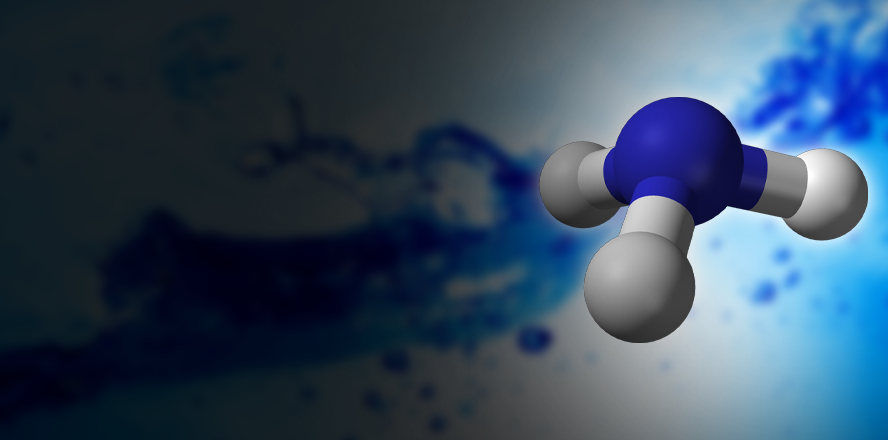
Ammonia Contamination in Water: Causes, Effects, and Solutions
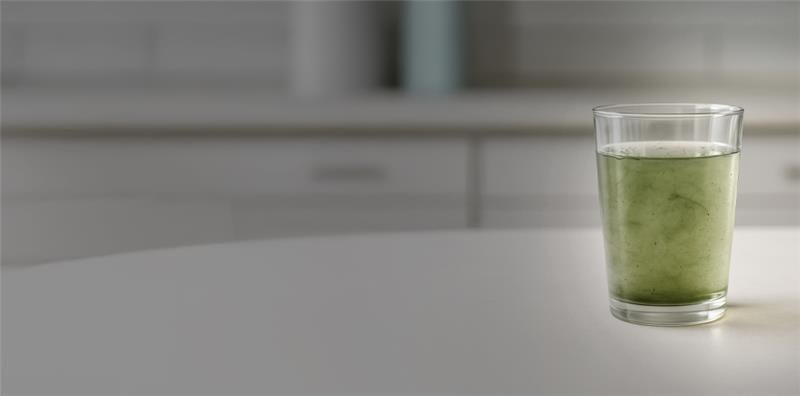
Which Water Treatment Methods Effectively Remove Algal Toxins?

Protecting Your Family from Benzene in Drinking Water: Health Risks and Treatment Options

Regulations and Standards for Bromate Levels in Drinking Water

How to Remove the Calcium Hardness Level in Your Water

A Guide to Chromium Water Contamination and Treatment Technique

How to Remove Chlorine in Drinking Water

How Can I Remove Copper from My Drinking Water?

How Can I Remove Cadmium from My Drinking Water?
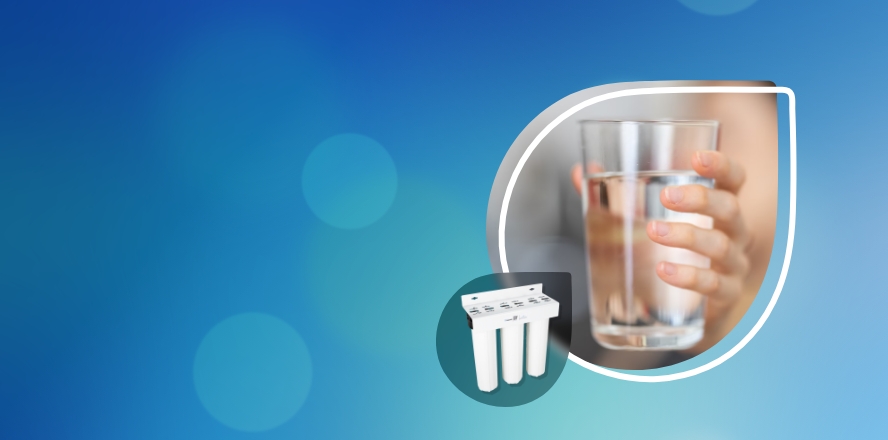
Ensuring Safe Drinking Water: The Importance of Chloramine Filtration

What chemicals can Home Master Carbon Filters remove?
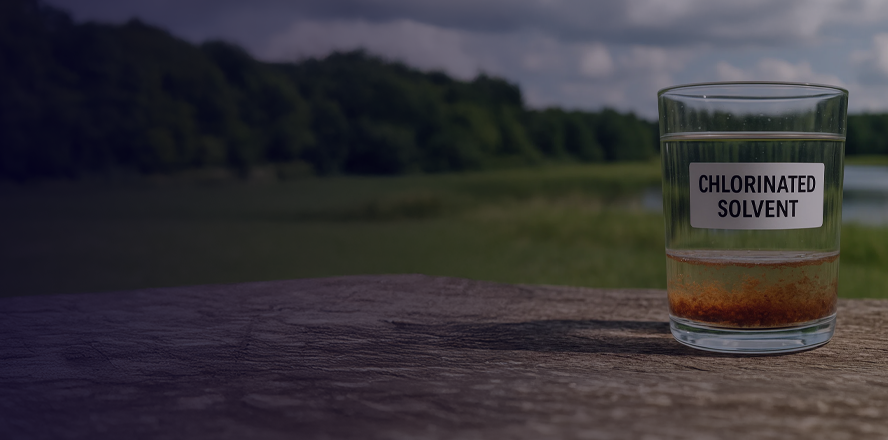
Chlorinated Solvents in Drinking Water: Health Risks and Effective Treatment Solutions

E. coli in Tap Water: Risks and Treatment Methods
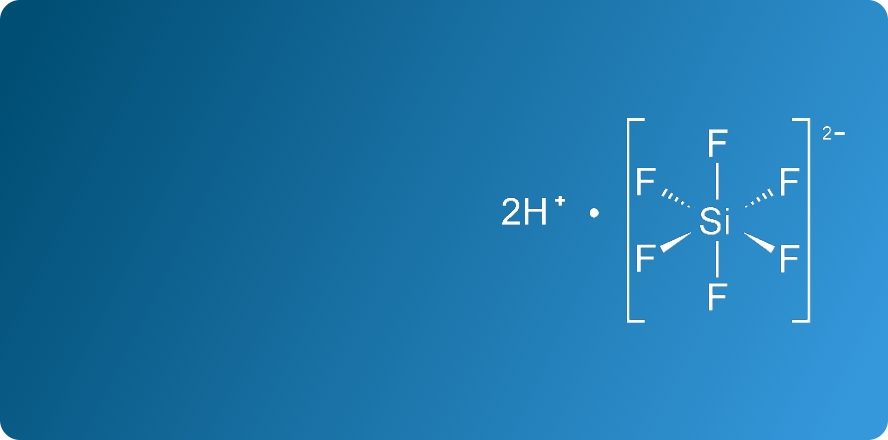
A detailed guide on Fluoride treatment and Water Filters that remove Fluoride

What is Hexavalent Chromium and Why is it Dangerous in Drinking Water?

Herbicides and Pesticides in Drinking Water: Health Risks and How to Remove Them
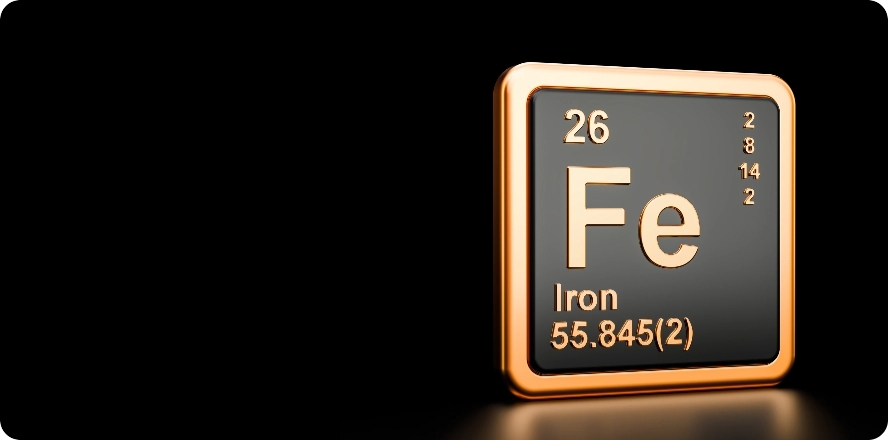
Detailed Guide on Iron Treatment and Water Filters That Remove Iron
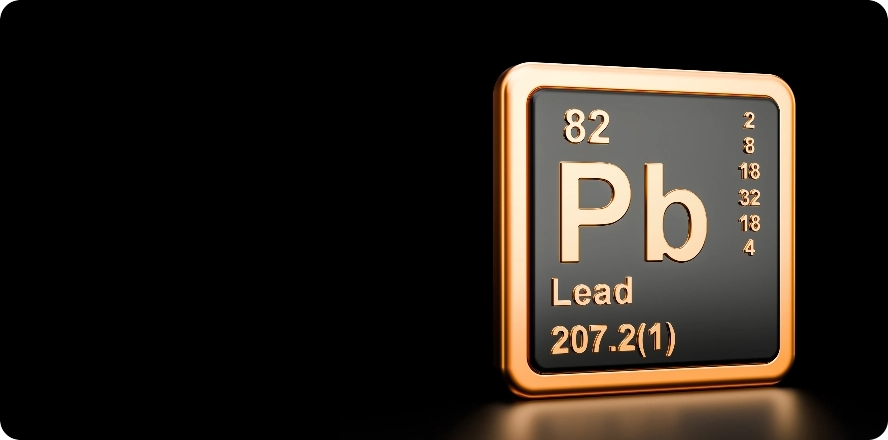
Lead as a Water Contaminant and How to Remove it from Drinking Water

How to Remove Mercury From Water

Understanding Manganese in Your Water: Health Risks and Treatment Options

How to Remove Microplastics from Your Drinking Water
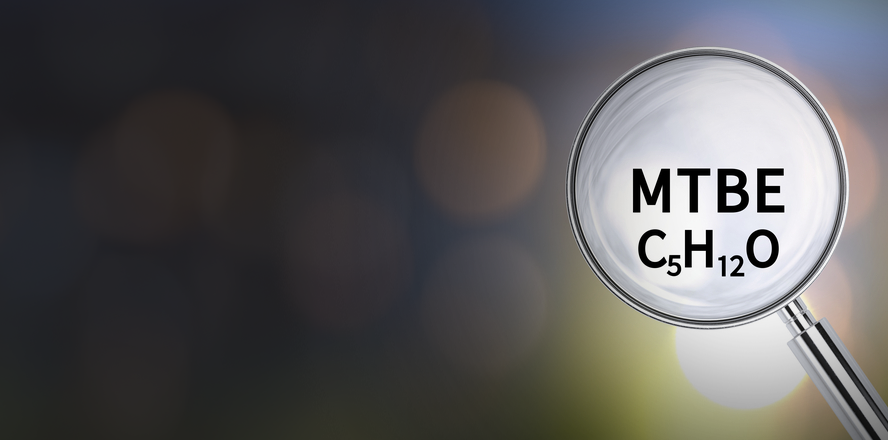
MTBE in Tap Water: Sources, Effects, and Treatment Solutions
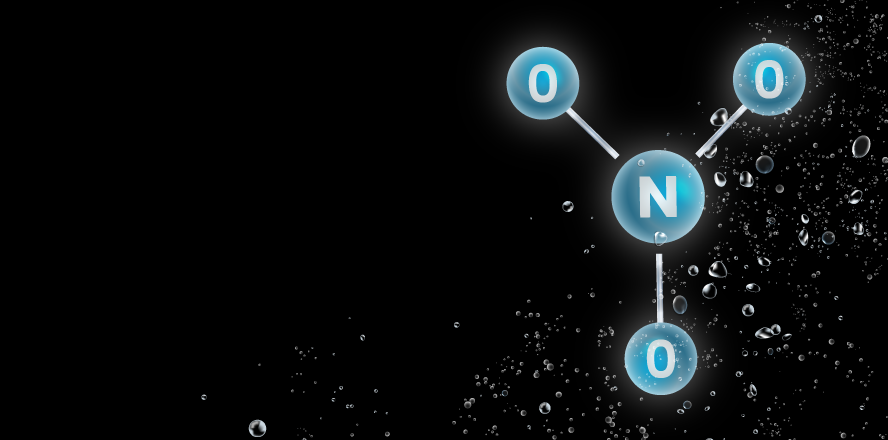
A Detailed Guide on Nitrates Treatment and Water Filters that Remove Nitrates
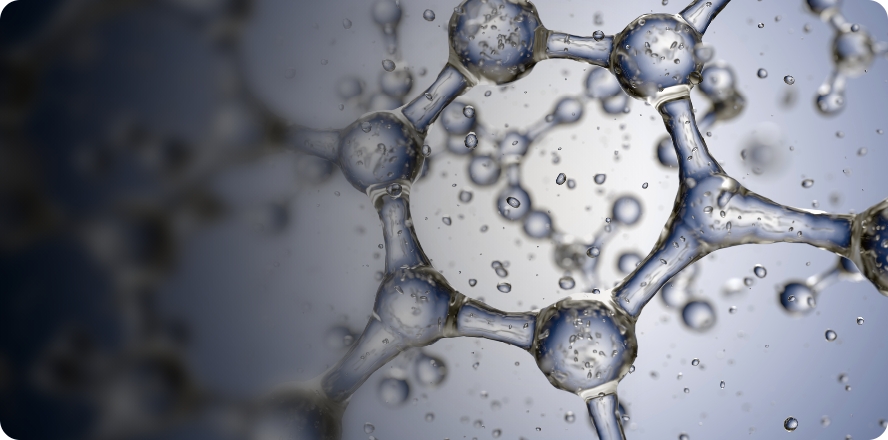
How do I filter for PFOA, PFOS, PFAs, PFCs & 1,4 Dioxane?
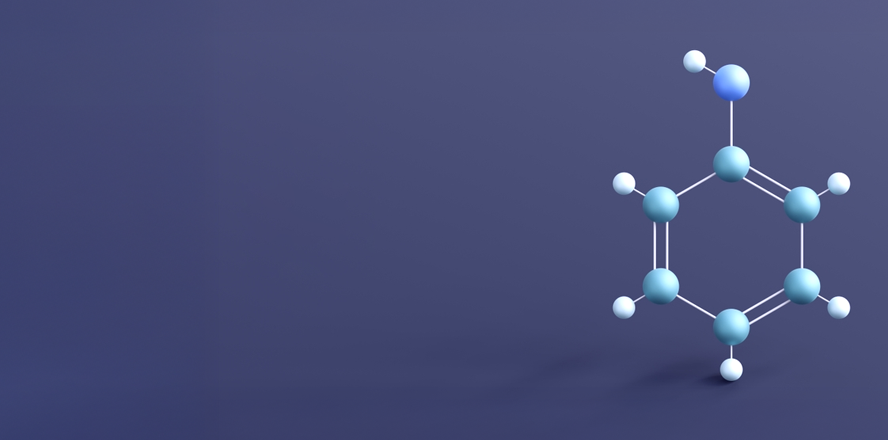
Phenols in Drinking Water: Sources, Health Risks, and Effective Treatment
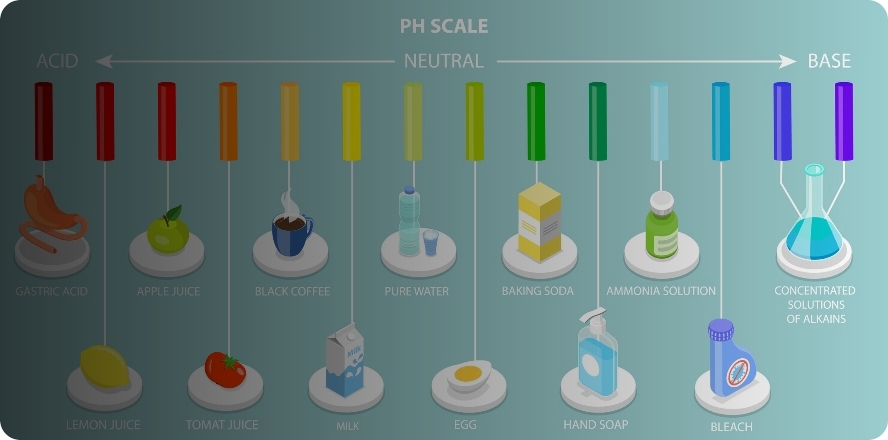
What is pH and why is it important?
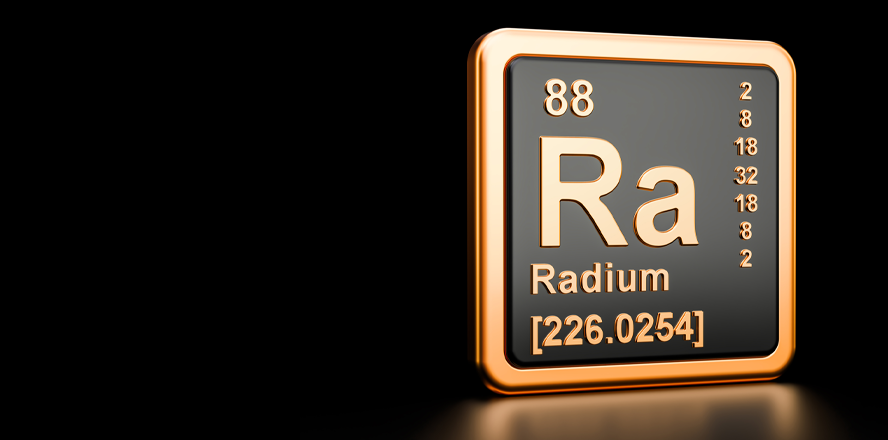
How to remove radium from your drinking water
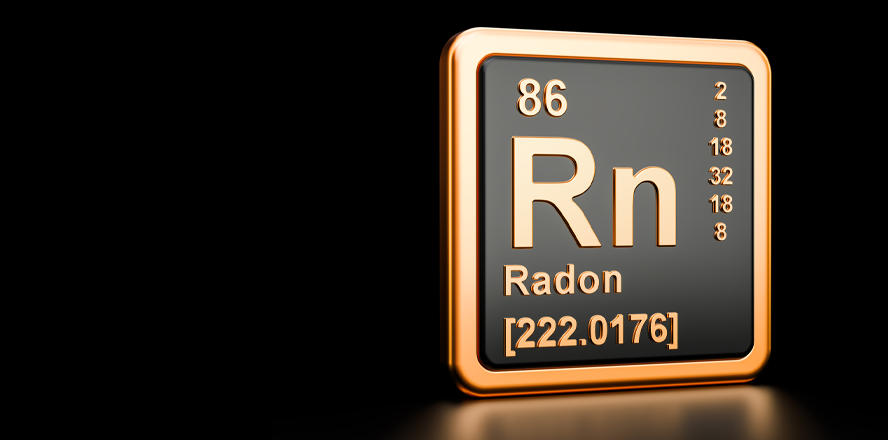
Health Risks Due to Radon in Drinking Water and Treatment Techniques

Choosing the Right Sediment Filter: A Guide for Every Home
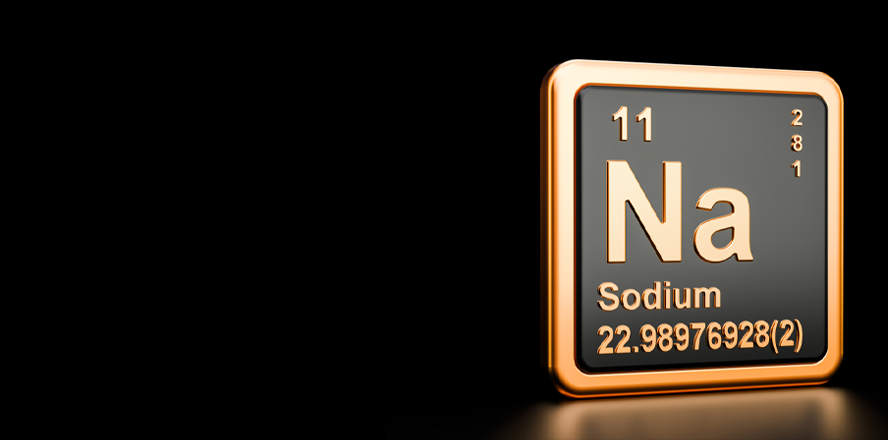
Sodium in Drinking Water: How It Affects Your Health and How to Remove It

Treatment Options for Uranium in Drinking Water

What Are VOCs and What Types of Water Filtration Systems Remove VOCs?










